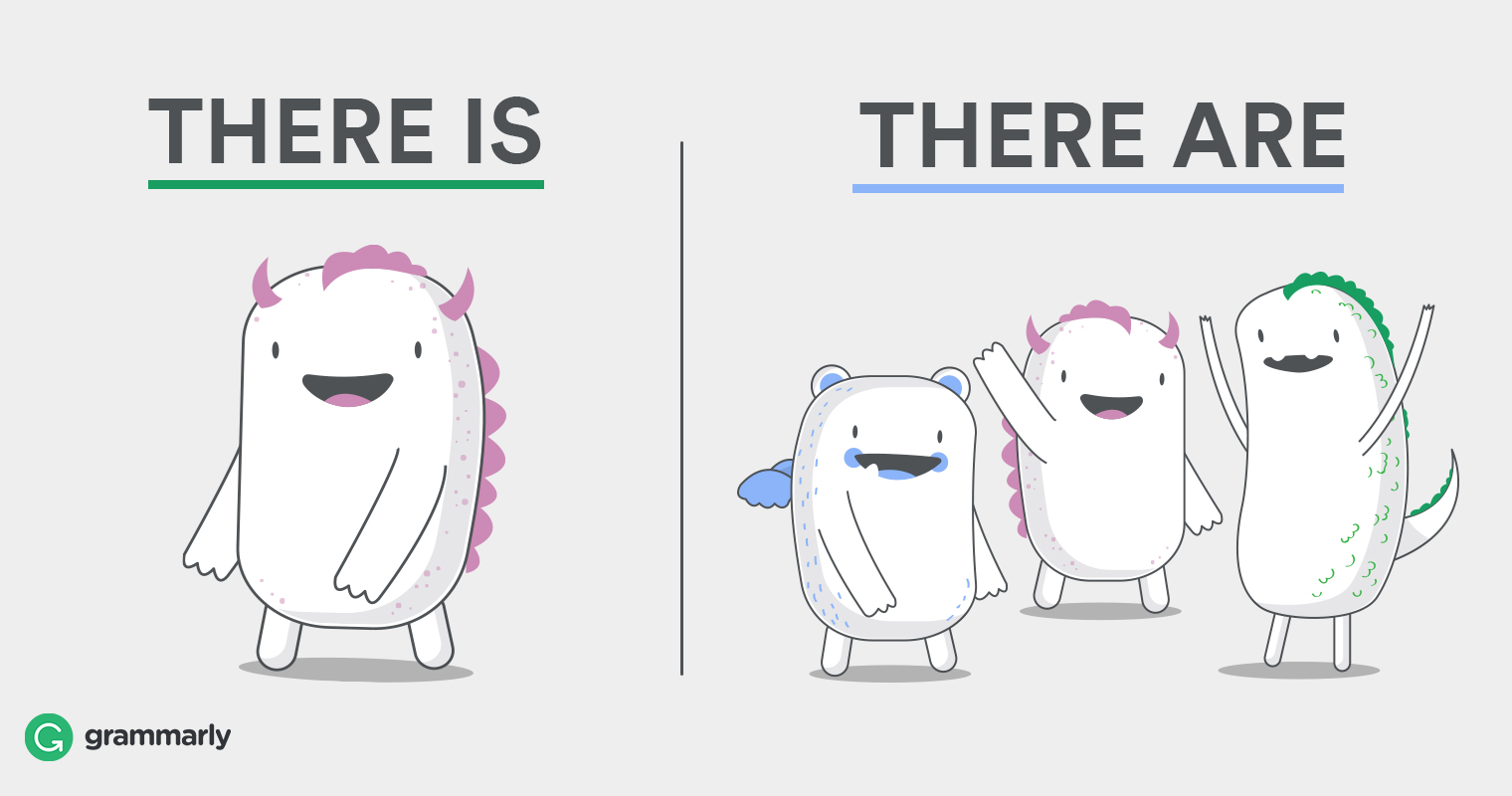UNIDAD V


There is/ There’s (singular) – hay / existe
There are (plural) – hay / existen

“There is”, “there are” y los tiempos verbales
La estructura es fácil, basta con conjugar el verbo “to be” en el tiempo que deseas usar:
THERE + VERBO TO BE
Veamos algunos ejemplos en el Simple Present y en el Simple Past:
There is/ There’s one chair in the room.
(Hay una silla en la habitación.)
Last night there was a bird on my window.
(Anoche había un pájaro en mi ventana.)
There were few people at the meeting yesterday.
(Había pocas personas en la reunión de ayer.)
En el Simple Future (futuro simple), la estructura es igual para el singular y el plural, porque conjugamos el verbo TO BE en el futuro y, en este tiempo verbal, no varía:
THERE + WILL + BE
Tomorrow there will be two music festivals in Spain.
(Mañana habrá dos festivales de música en España.)
They say next week there will be lots of parties.
(Dicen que la próxima semana habrá muchas fiestas.)
En la formas negativa e interrogativa
Para formar frases negativas, basta añadir el NOT inmediatamente después del uso de la expresión.
There are not/ There aren’t enough hours in the day.
(No hay suficientes horas en el día.)
There were not/ there weren’t Astrology books at the library.
(No había libros de astrología en la biblioteca.)
Next month there will not/won’t be any holiday.
(El próximo mes, no habrá ningún festivo.)
Para formar cualquier pregunta en inglés, basta con invertir el orden de la estructura de las frases afirmativas y colocar el auxiliar delante del sujeto (en el caso, ‘there’). En el presente y en el pasado, el verbo to be es el propio auxiliar. En el futuro, el auxiliar es ‘will’.
AUXILIAR + THERE + …?
Is there a drugstore near your school?
(¿Hay una farmacia cerca de tu escuela?)
Were there four or five people on the room?
(¿Había cuatro o cinco personas en la sala?)
Will there be a new season of this show?
(¿Habrá una nueva temporada de este programa?)

VIDEO TUTORIAL

Comentarios
Publicar un comentario